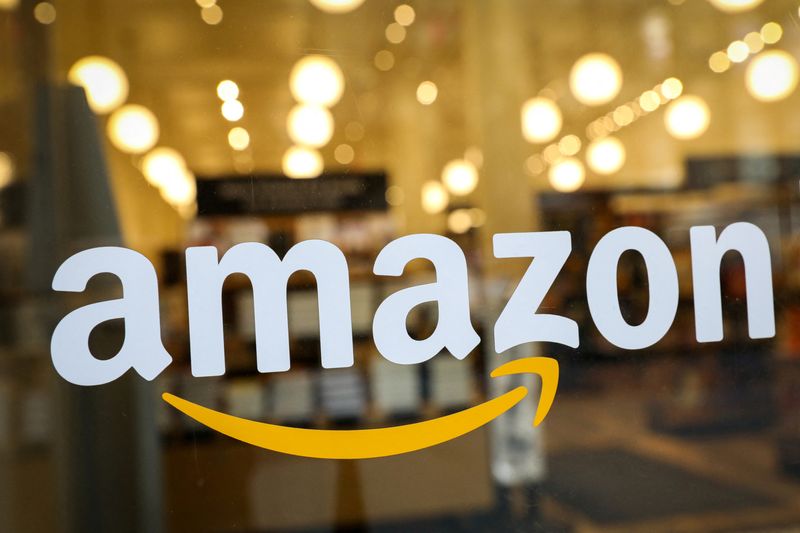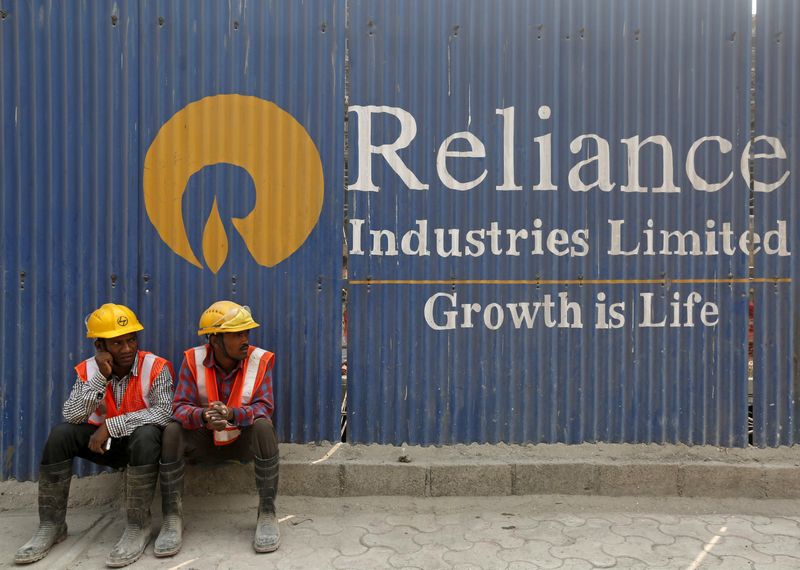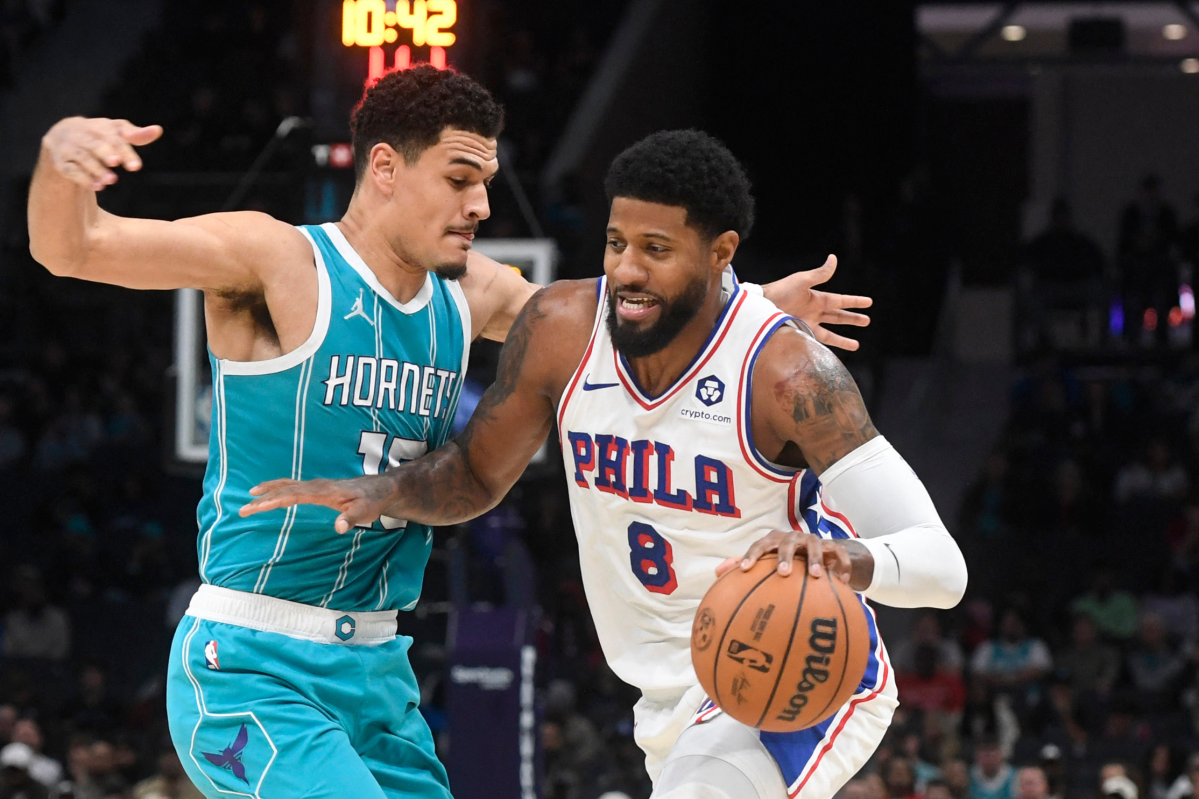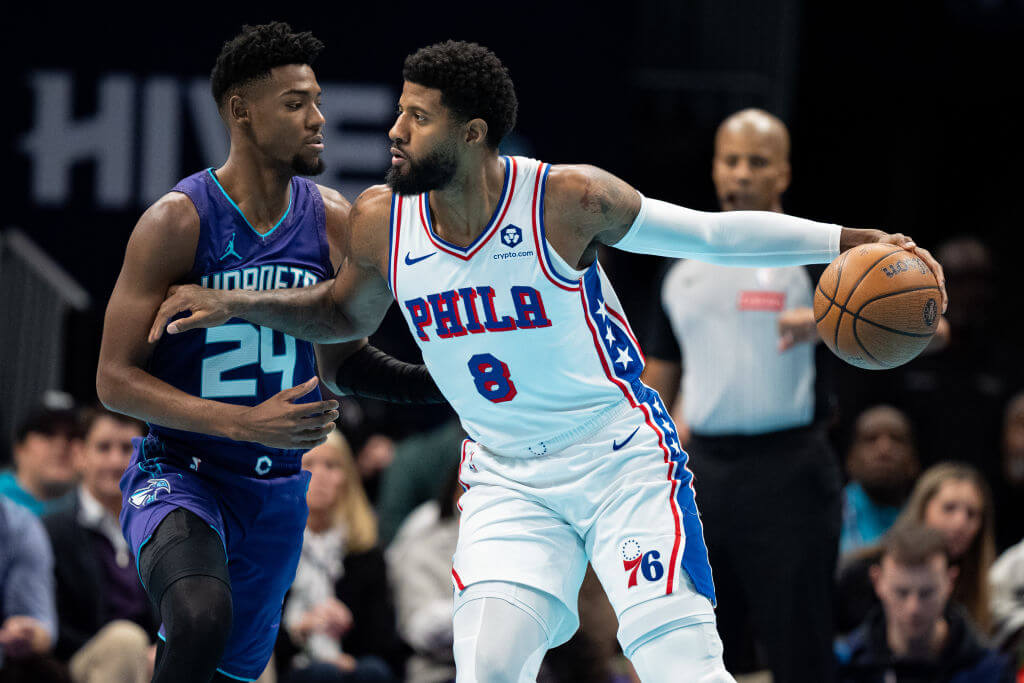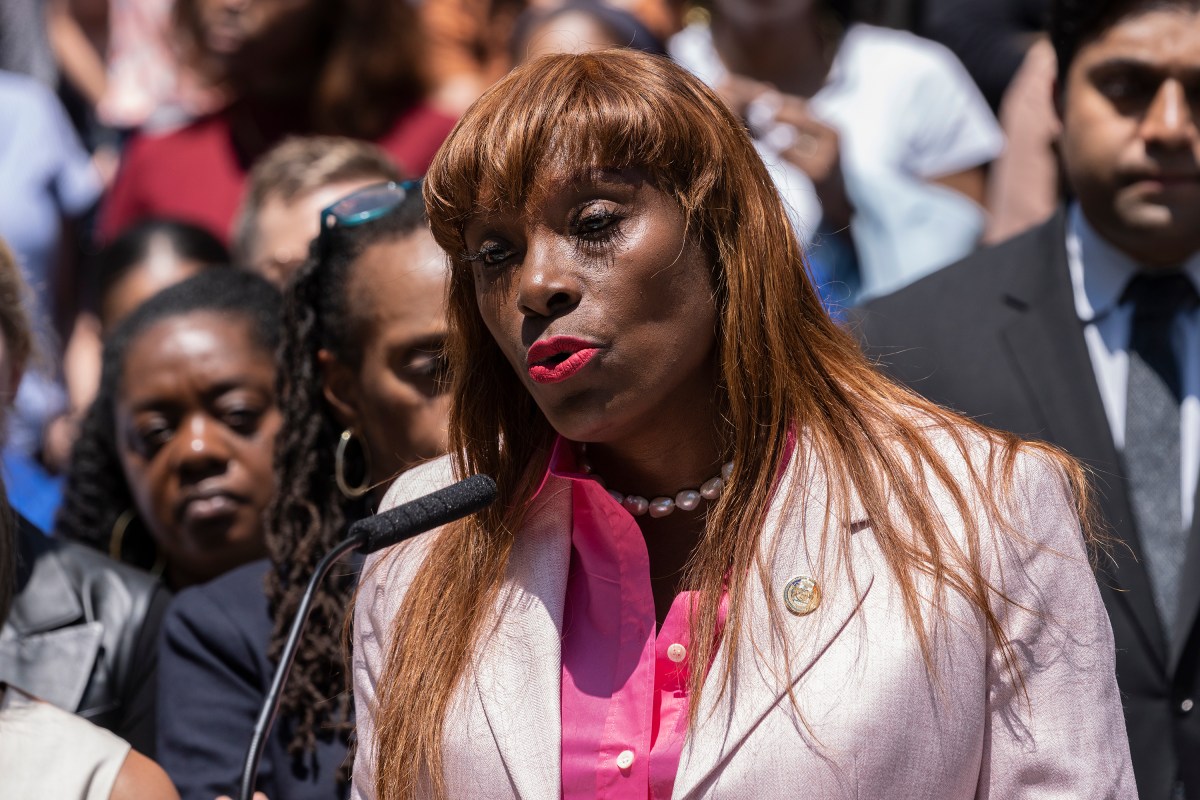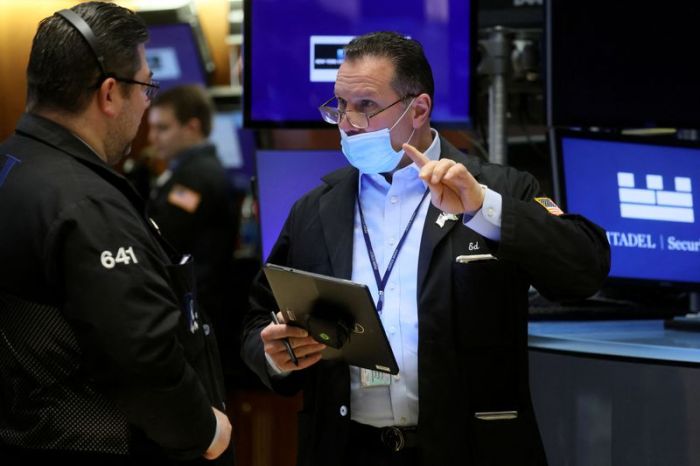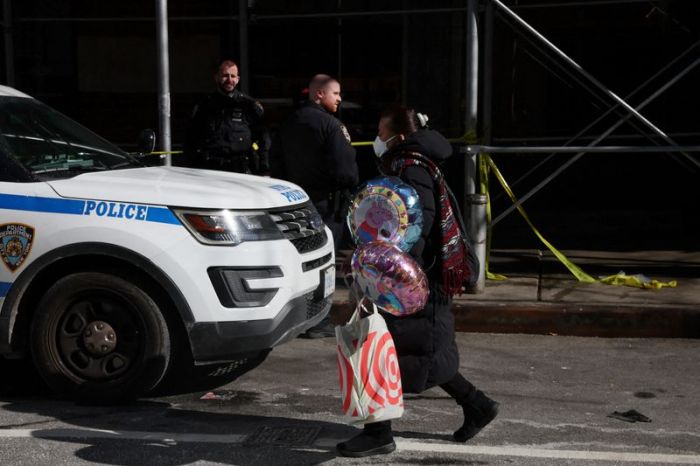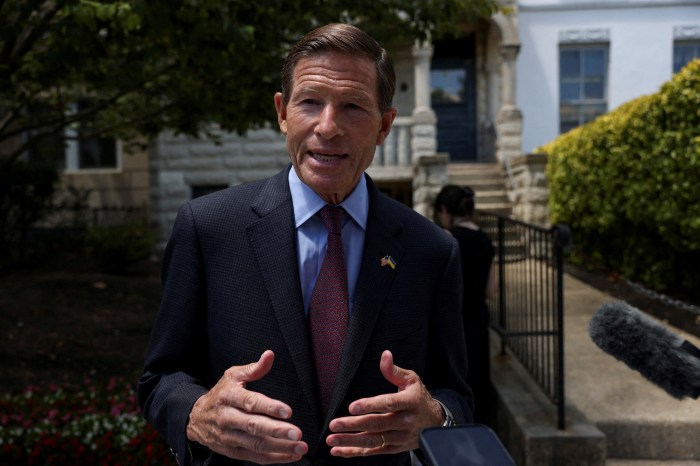NEW DELHI (Reuters) – For more than a year, Amazon.com Inc and India’s Future Group have been locked in a complex legal stand-off that has stalled Future’s $3.4 billion sale of assets to rival Reliance Industries, the country’s biggest conglomerate.
Amazon and Future agreed to out-of-court settlement discussions this month, but the two sides told India’s Supreme Court on March 15 they had failed to resolve the matter.
Following is a guide to the dispute.
THE TRIGGER
In 2019, Amazon and Future, the No. 2 player in India behind market leader Reliance, became business partners when the U.S. company invested $200 million in a unit of the Indian group.
That deal, Amazon argues, came with non-compete clauses that prohibited Future from selling retail assets to certain rivals, including Reliance, run by India’s richest man, Mukesh Ambani. The deal’s terms call for disputes to be settled by the Singapore International Arbitration Centre.
In 2020, Future – hit hard by the COVID-19 pandemic – decided to sell assets to Reliance.
Amazon then approached Singapore arbitrators and successfully stopped the sale. Both parties have also challenged each other in Indian courts, including the Supreme Court.
THEIR ARGUMENTS
Amazon argues various agreements signed in 2019 with Future gave it special rights over Future’s retail assets, some of which it had also hoped to ultimately own should India’s rules for foreign investors be eased. The potential Future-Reliance deal “destroys” the latter prospect, the U.S. company has said.
Future denies any wrongdoing, saying Amazon is illegally seeking to exert control on Future’s retail business. Future Retail – the group’s flagship retail arm – says it faces liquidation if the Reliance deal fails.
THE STAKES
If Amazon were to prevail, that could set it up to become a bigger force than Reliance in India’s $900 billion retail market.
Reliance has 1,100 supermarkets, while Future has around 1,500 and both are expanding fast into e-commerce.
Amazon has invested $6.5 billion in India – a key growth market where it is a leading e-commerce player. The Future partnership had helped Amazon to boost its online portfolio of grocery deliveries by integrating the Indian company’s stores on its website.
Keeping Future away from Reliance chimes with Amazon’s efforts to combat Ambani’s growth plans. In one confidential legal filing, Amazon said Reliance’s consolidated position with Future “will further restrict competition in the Indian retail market”.
THE WRANGLING
Future last year complained to India’s antitrust agency that Amazon was making incorrect and contradictory submissions about the intent of the 2019 deal.
Amazon said it never concealed any information, but last December the watchdog suspended its approval of the 2019 deal with Future, saying there was “a deliberate design on the part of Amazon to suppress the actual scope” of the deal and its interest in Future’s retail businesses.
In a setback for the U.S. giant, an Indian court in January halted the Singapore arbitration proceedings between the two sides in light of the antitrust decision.
RELIANCE’ SEIZURE OF STORES AND FAILED TALKS
On Feb. 25, Reliance, which had not played a public role in the dispute, suddenly took control of hundreds of Future stores, citing non-payment of rent it was due.
On March 3, Amazon extended an olive branch during a Supreme Court hearing, saying the “whirlpool” of litigation must end and proposed talks which Future agreed to.
On March 15, the two sides told the court the talks had failed. Earlier in the day, Amazon ran newspaper ads accusing the Indian firms of transferring the stores “in a clandestine manner by playing a fraud on the constitutional courts in India.” Reliance hasn’t commented, while Future denies any wrongdoing.
Sources said the talks collapsed because Amazon wanted at least $200 million – the amount it had invested in Future’s unit – returned. But the Indian company said it wasn’t in a financial position to do so.
(Reporting by Aditya Kalra in New Delhi and Abhirup Roy in Mumbai; Editing by Kenneth Maxwell and Edwina Gibbs)

